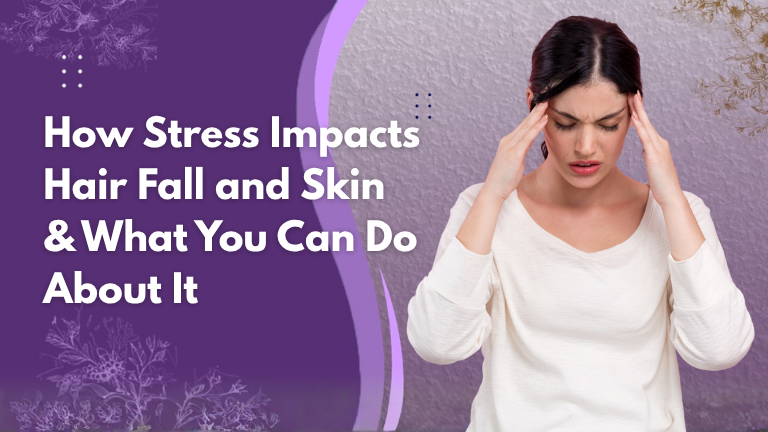Recognizing Warts: Types and Causes
The human papillomavirus (HPV) is the cause of warts. They show up on the skin as tiny, scratchy growths. Common, plantar, flat, and genital warts are among the various varieties. HPV enters the body through skin breaches or cuts. Direct touch might result in the spread of warts, which are infectious. Selecting the appropriate treatment is made easier by being aware of the types.
Typical Wart Types
Common warts are rough, elevated lumps that typically appear on the hands and fingers.
Hard, granular growths on the soles of the feet are called plantar warts.
Flat warts are tiny, smooth, flat-topped lesions that frequently appear on the legs or face.
Long, thread-like warts on the face, particularly in the area around the mouth and eyes, are known as filiform warts.
Warts are caused by the human papillomavirus (HPV). They appear as small, rough growths on the skin. Different types include common, plantar, flat, and genital warts.
HPV enters through cuts or breaks in the skin. Warts are contagious and can spread through direct contact. Understanding the types helps in choosing the right treatment.
Understanding the type of wart is crucial for effective treatment
Home Remedies and Over-the-Counter Treatments
For minor warts, several home remedies and OTC treatments are available. Salicylic acid is a common over-the-counter wart treatment. It works by peeling away infected skin layers.
Duct tape occlusion therapy is another home remedy. It involves covering the wart to remove layers. Consistency is key for these treatments to be effective. Consult a dermatologist if home treatments fail.
Salicylic Acid:
- Available in gels, pads, and liquids.
- Works by peeling away infected skin layers.
- Requires consistent application over several weeks.
Cryotherapy Kits:
- Use freezing agents to destroy wart tissue.
- Less potent than professional treatments but effective for small warts.
Duct Tape Method:
- Involves covering the wart with duct tape for extended periods.
- May help in removing warts over time.
While these methods can be effective, results vary, and professional consultation is recommended for persistent warts.
Professional Wart Removal Techniques
Dermatologists offer various treatments for stubborn or large warts. Cryotherapy involves freezing the wart with liquid nitrogen. Laser therapy uses focused light to destroy wart tissue.
Electrosurgery burns the wart using electric current. These procedures are performed by trained dermatologists. They may require multiple sessions for complete removal. Discuss options with your doctor for the best outcome.
Cryotherapy:
- Involves freezing the wart with liquid nitrogen.
- Causes the wart to fall off after a few sessions.
Laser Therapy:
- Uses focused light to burn and destroy wart tissue.
- Effective for deep or hard-to-reach warts.
Electrosurgery and Curettage:
- Burns the wart using electric current, followed by scraping.
- Suitable for larger warts.
Immunotherapy:
- Stimulates the immune system to fight off the virus.
- Used for warts resistant to other treatments.
Professional treatments are more effective and reduce the risk of recurrence.
Importance of Early Treatment
Addressing warts promptly can prevent complications. Early treatment prevents the wart from spreading to others. It also reduces the risk of complications. Delaying treatment can make removal more difficult.
Early intervention leads to quicker healing and less discomfort. Consult a dermatologist at the first sign of a wart. Prompt action ensures better treatment outcomes.
- Spread Prevention: Early treatment reduces the risk of spreading to other body parts or individuals.
- Discomfort Reduction: Minimizes pain and irritation, especially for plantar warts.
- Cosmetic Concerns: Prevents growth and scarring, maintaining skin appearance.
Delaying treatment can lead to larger, more stubborn warts requiring intensive procedures.
Choosing the Right Treatment in Chennai
Selecting an appropriate treatment depends on various factors. Consider the wart type and location when choosing treatment. Over-the-counter options suit common warts on hands or feet. Professional procedures are better for persistent or genital warts.
Discuss with a dermatologist to determine the best approach. Personal preferences and medical history influence treatment choice. Tailored treatment plans yield the most effective results.
- Wart Type and Location: Determines the suitable method (e.g., facial warts may require gentler treatments).
- Patient Age and Health: Some treatments are not recommended for children or individuals with certain health conditions.
- Cost and Accessibility: Consideration of treatment affordability and availability in local clinics.
Consulting with a dermatologist ensures a tailored approach for effective results.
WEA Clinic’s Approach to Wart Removal
At WEA Clinic, we understand the unique needs of women seeking cosmetic dermatology services.
Our Services Include:
- Personalized Consultations: Assessing individual cases to recommend suitable treatments.
- Advanced Techniques: Utilizing the latest technology for effective and safe wart removal.
- Aftercare Support: Providing guidance to prevent recurrence and maintain skin health.
Our commitment is to help women feel confident and comfortable in their skin.
Preventing Wart Recurrence
Post-treatment care is essential to prevent warts from returning. Practice good hygiene to prevent wart recurrence. Avoid sharing personal items like towels or razors. Keep feet dry to prevent plantar warts.
Use protective footwear in public showers or pools. Boost your immune system with a healthy lifestyle. Regular check-ups help detect and treat new warts early.
- Maintain Hygiene: Regular handwashing and avoiding sharing personal items.
- Protect Skin: Use footwear in public showers and pools to prevent plantar warts.
- Boost Immunity: A healthy immune system can fight off HPV infections.
Adhering to preventive measures reduces the likelihood of new warts developing.
Preventing Wart Recurrence
Post-treatment care is essential to prevent warts from returning. Practice good hygiene to prevent wart recurrence. Avoid sharing personal items like towels or razors. Keep feet dry to prevent plantar warts.
Use protective footwear in public showers or pools. Boost your immune system with a healthy lifestyle. Regular check-ups help detect and treat new warts early.
- Maintain Hygiene: Regular handwashing and avoiding sharing personal items.
- Protect Skin: Use footwear in public showers and pools to prevent plantar warts.
- Boost Immunity: A healthy immune system can fight off HPV infections.
Adhering to preventive measures reduces the likelihood of new warts developing.
When to Consult a Dermatologist
Professional advice is crucial in certain situations.
- Persistent Warts: Warts that do not respond to home treatments.
- Painful or Bleeding Warts: Indicate the need for medical evaluation.
- Facial or Genital Warts: Require specialized care due to sensitive locations.
Early consultation can lead to more effective and less invasive treatments.
When to Consult a Dermatologist
Professional advice is crucial in certain situations.
- Persistent Warts: Warts that do not respond to home treatments.
- Painful or Bleeding Warts: Indicate the need for medical evaluation.
- Facial or Genital Warts: Require specialized care due to sensitive locations.
Early consultation can lead to more effective and less invasive treatments.




